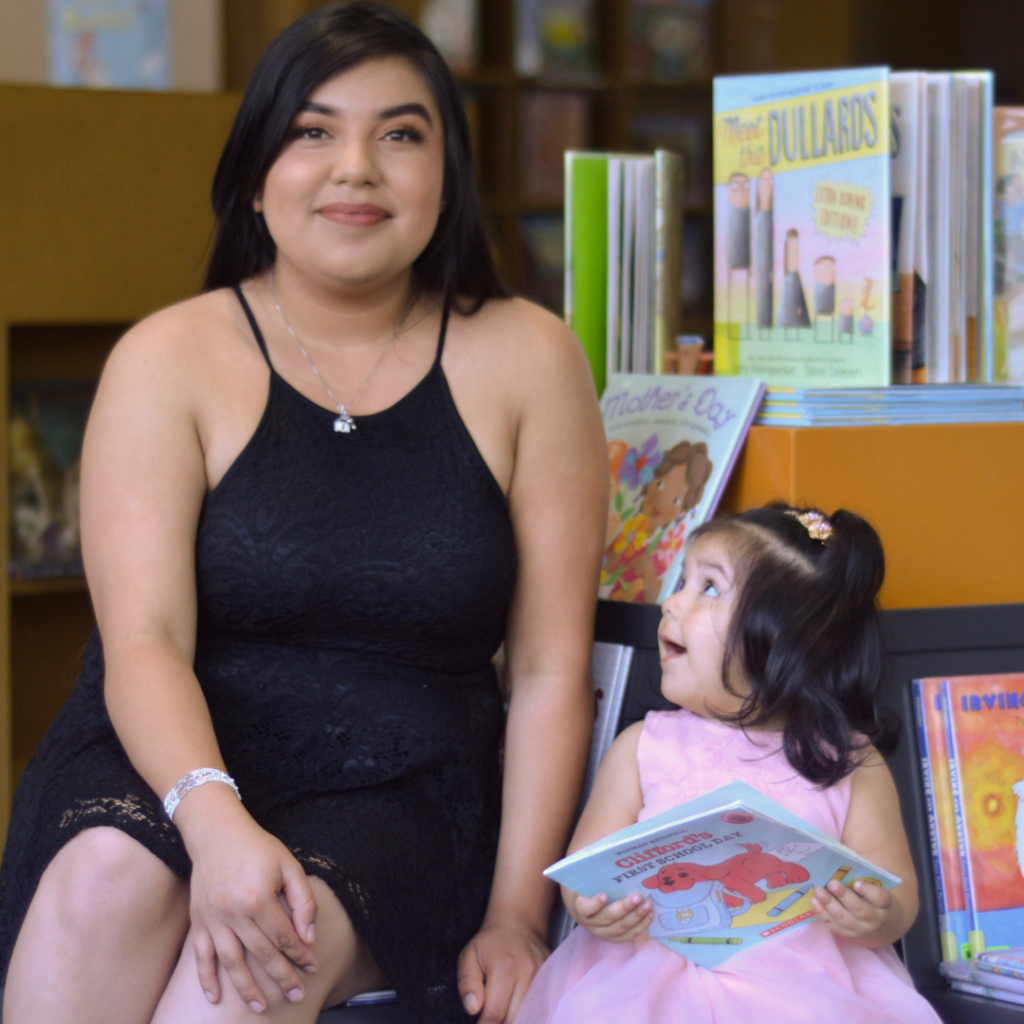CHILDCARE ACCESSIBILITY SIGNALS THE WEALTH AND EDUCATION GAP IN CALIFORNIA

62% of California’s infants and toddlers are eligible for subsidized childcare. Of those eligible, only 14% are actually enrolled in subsidized childcare (Children Now).
There is a severe lack of safe, reliable, and affordable childcare throughout California, more so since the pandemic began. A low-income teen with a child must be able to access this resource if they are ever to break the cycle of poverty for their family. They need the time to be able to go to school to invest in their future while simultaneously holding down a job to put food on the table for their children. While childcare is more readily available in high school, through district supported childcare on continuation school campuses, this availability disappears as young mothers transition from high school to post-secondary education.
This issue is exasperated when young mothers are single. Many wait months, even years, on subsidized childcare waitlists, and the majority of these do not accept infants and/or require children to be potty trained. This means that for the first two years of the child’s life, a young mom has to rely on family to help if she is to be able to make any investment in her future beyond high school. Lesly, a San Jose program participant, faced exactly this dilemma coming out of high school. She couldn’t afford to get her daughter into childcare and she didn’t feel comfortable leaving her with anyone other than immediate family. Since her immediate family all had jobs of their own, she put a pause on her college plans to be with her daughter. Now that her daughter is 3 and potty trained, she’s able to put her in pre-school part-time and that gives her time to take online college courses using the Teen Success, Inc. scholarship she received in 2019.
Teen Success, Inc. connects our participants to childcare resources in their communities. Our Advocates help them make the connections, fill out applications, and coach them through the long process of getting subsidized childcare. They help our participants plan for challenges that could affect their childcare access including transportation and learning how to potty train when their children are ready.
Childcare may be the single greatest resource working parents and student parents need – safe, reliable, affordable childcare. Because of the current pandemic, we can see more than ever the drastic disparities between affluent and low-income families. While affluent families are creating private learning pods (allowing parents to work), low-income families are losing jobs, housing, and struggling with implementing distance-learning at home.

Photo: From “The 2020 California Children’s Report Card” by Children Now. www.childrennow.org/portfolio-posts/20-report-card
When you think about what young mothers and their children need to break out of the cycle of poverty, it’s helpful to think about the problem of poverty as a domino effect.
Low-income teens make up 83% of teens who give birth. These teens rely on state subsidized childcare and help from their families in order to continue their studies; but, of all the young families served at Teen Success, accessing childcare that is safe and reliable, whether through the state or through family, has always been difficult.
20-year-old Viviana would drive over 2-hours from the Bay Area to take her daughter to be watched by her sister, leaving her overnight so that she could work during the week. When she did have state subsidized childcare, she took the bus at the crack of dawn to get her daughter there on time, or else she risked losing her spot on the roster. It was stressful and drained her of the time and energy she also needed to continue her college classes.
This domino effect drives young mothers to drop out of school, their children to fall behind in their development, and families of color to bear the weight of policies and systems that do not serve them. As we navigate our way through this pandemic season, bear in mind that some good can come out of this if we stop to consider how we might further invest in low-income communities, in families, and in creating and supporting policies that will make this generation, and every generation here after, stronger and more able to adapt successfully to the whatever challenges lie ahead.

